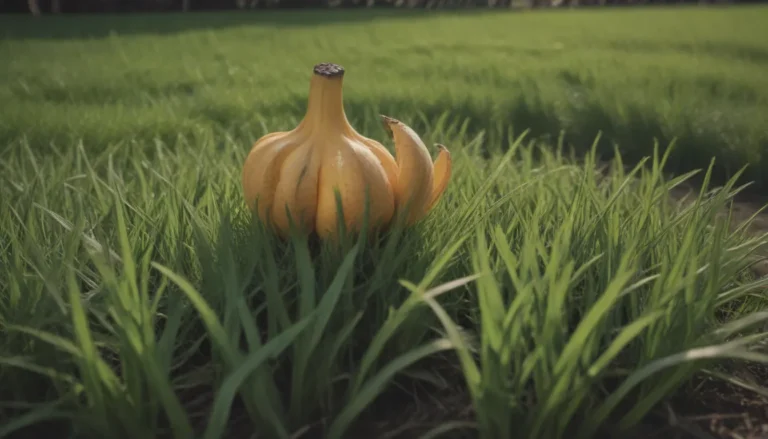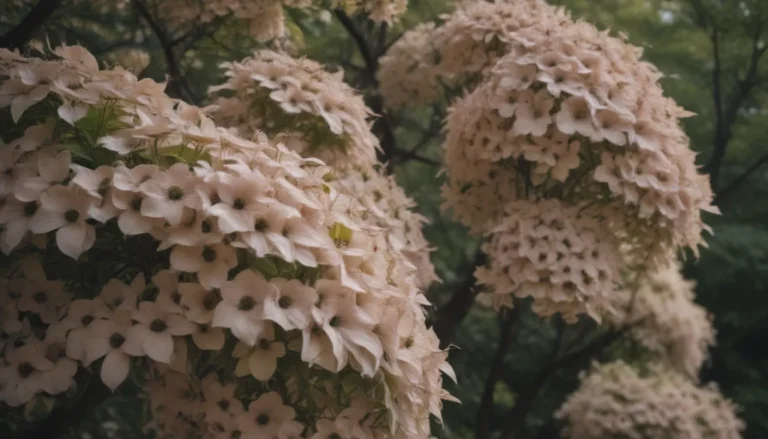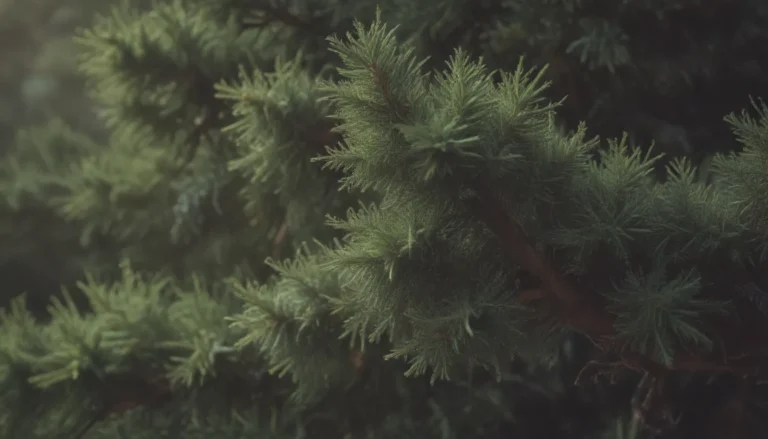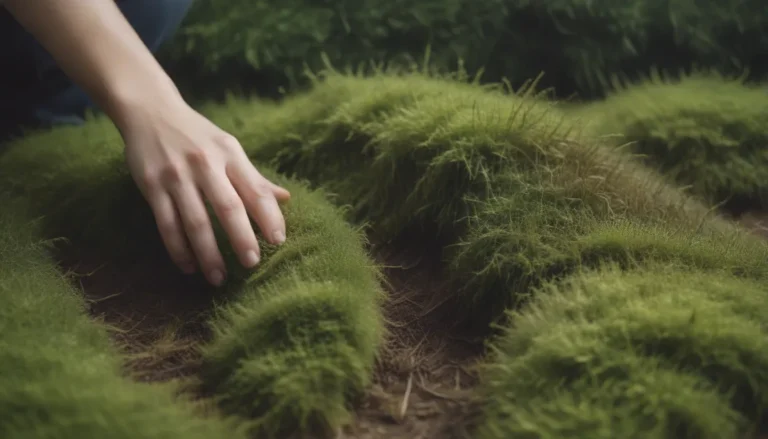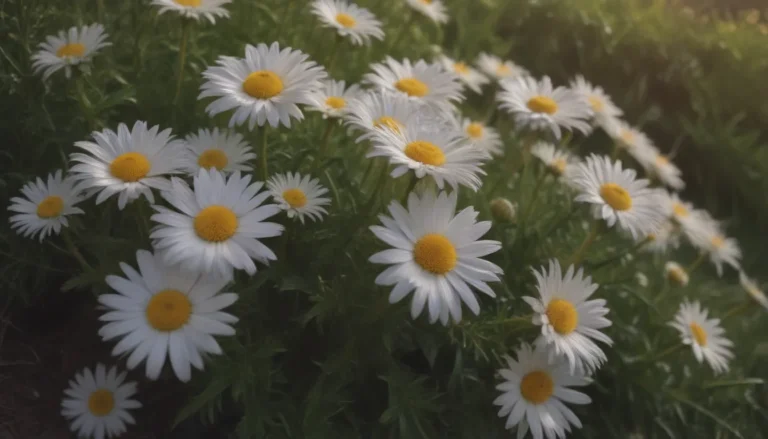Ultimate Guide to Growing and Caring for Azaleas: Everything You Need to Know
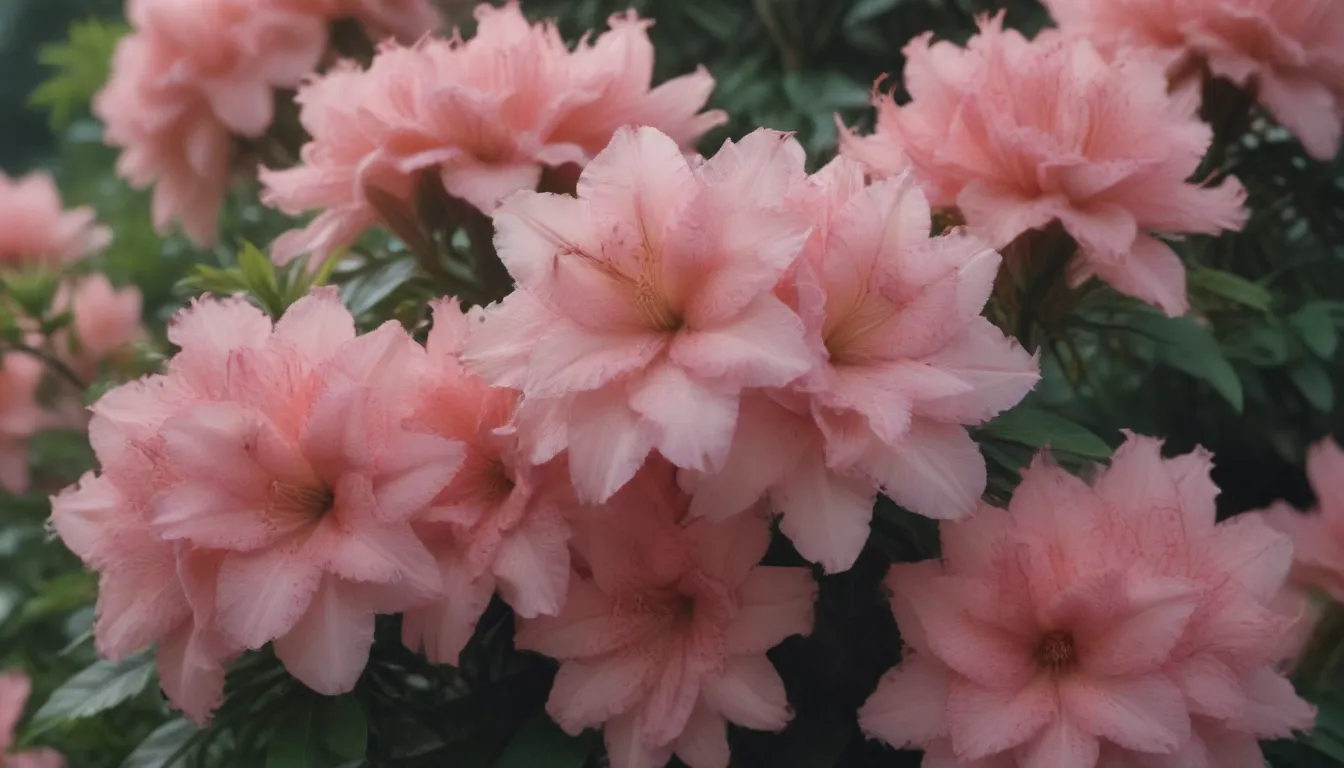
Welcome to the complete guide on how to grow and care for azaleas! Whether you’re a seasoned gardener or just starting out, azaleas are a beautiful addition to any garden. These shade-loving shrubs come in a variety of colors and can brighten up your spring landscape. In this article, we will cover everything you need to know about planting, caring for, and enjoying these stunning plants. So grab your gardening gloves and let’s get started!
Getting to Know Azaleas
Before we dive into the nitty-gritty of growing and caring for azaleas, let’s take a closer look at what these plants are all about. Azaleas are loosely branched evergreen or deciduous shrubs with elliptical leaves. They produce clusters of funnel-shaped flowers in white, purple, yellow, red, and everything in between. Here are some key points to remember about azaleas:
- Azaleas need at least four hours of sunlight daily and afternoon shade in hot climates.
- They thrive in acidic, well-draining soil that is kept moist and fertile.
- Azaleas are toxic to humans and animals, so be cautious when planting and caring for them.
Planting Azaleas
When it comes to planting azaleas, timing is key. Spring or early fall is the best time to plant these shrubs. While azaleas can be slow-growing, they typically flower in their first year. However, it may take up to 10 years for them to reach their full size. Here are some tips for planting azaleas:
- Choose a location with partial shade and good drainage.
- Ensure the soil is acidic (pH 4.5 to 6.0) and rich in organic matter.
- Use natural mulch, such as pine bark, to help retain moisture and keep the soil cool.
Caring for Azaleas
Now that your azaleas are in the ground, it’s time to focus on their care. Here are some essential tips for ensuring your azaleas stay healthy and vibrant:
Light
Azaleas prefer partial shade with a few hours of morning sun. Depending on your climate, you may need to adjust the amount of sunlight they receive to prevent wilting or burning.
Soil
Maintaining acidic soil with good drainage is crucial for azaleas. Consider using acidifying fertilizers or organic matter like peat moss to keep the soil fertile.
Water
While azaleas can withstand some dry conditions, they thrive when watered regularly, especially during dry spells. Be mindful of spring rains but supplement with extra water if needed.
Temperature and Humidity
Choose azalea cultivars that are suited to your climate to prevent issues like bud formation or flower burn. Proper air circulation is essential to prevent mildew and other diseases.
Fertilizer
Fertilize your azaleas in late winter or early spring with an acidifying fertilizer or a specialized product like Espoma’s Azalea-Tone. This will help them stay healthy and blooming.
Types of Azaleas
Azaleas come in various species and cultivars, each with unique characteristics and growing requirements. Here are some popular types of azaleas to consider:
- ‘Rosy Lights’
- ‘Windbeam’
- ‘Golden Lights’
- ‘Golden Oriole’
- ‘Fragrant Star’
- ‘Gibraltar’
Pruning Azaleas
While pruning azaleas is not obligatory, it can help promote bushier growth and healthier plants. Deadheading spent flowers after they bloom can also improve the plant’s appearance and direct energy toward new growth.
Propagating and Growing Azaleas
Azaleas can be propagated through stem cutting or layering. Rooting stem cuttings is a straightforward method for most gardeners, while growing from seeds can be slow and unpredictable. Consider potting smaller azaleas for easy care and beautiful blooms.
Overwintering and Common Pests
Proper care and maintenance during winter can help protect your azaleas from frost damage and pests. Mulch and water deeply before the first frost to ensure your plants stay healthy through the winter months. Keep an eye out for common pests like aphids, borers, and scale, as well as diseases like root rot and powdery mildew.
Encouraging Bloom and Troubleshooting
If your azaleas are not blooming as expected, there may be simple solutions to encourage more flowers. Ensure your plants receive adequate water, sunlight, and nutrients to promote blooming. Watch out for common problems like winter burn, root rot, and chlorosis, and address them promptly to keep your azaleas thriving.
Final Thoughts
Azaleas are stunning flowering shrubs that can add a pop of color to any garden. By following the tips and guidelines outlined in this comprehensive guide, you can successfully grow and care for azaleas in your own backyard. Remember to tailor your care routine to your specific climate and soil conditions, and enjoy the beauty of these vibrant plants year after year.
So get out there and start planting your azaleas today! Your garden will thank you for it. Happy gardening!
